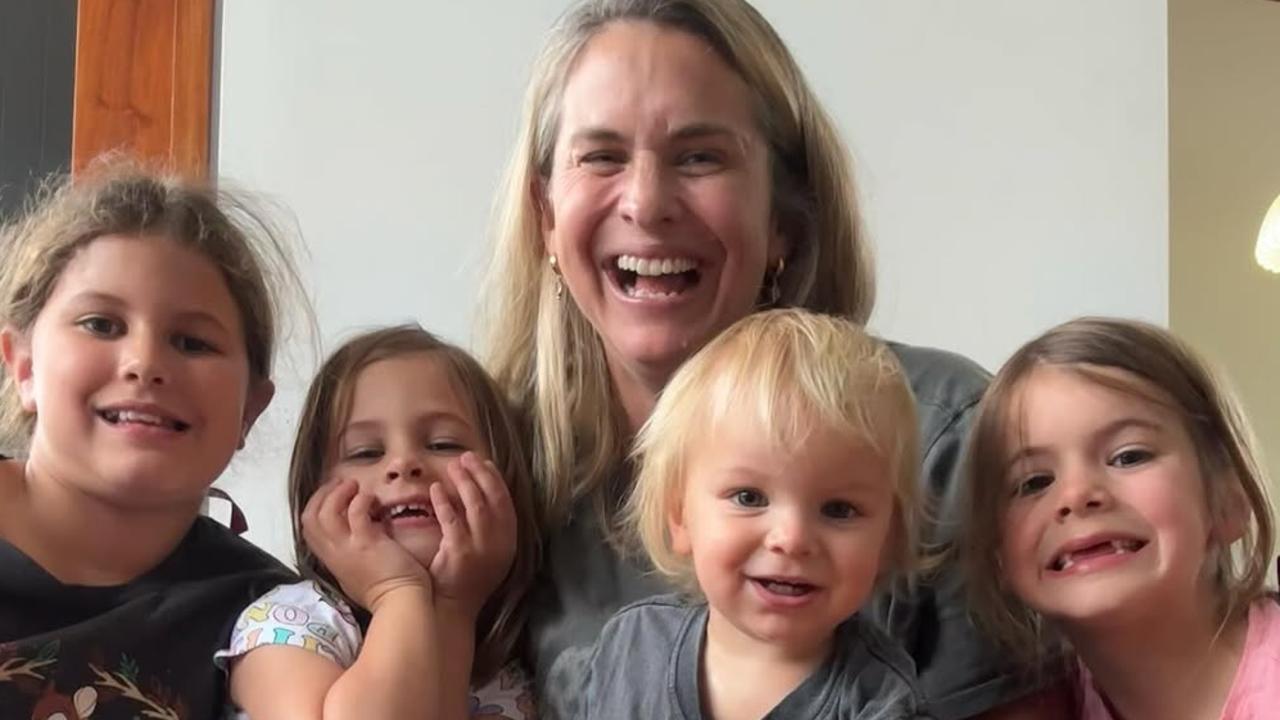Sunday Telegraph campaign: Last chance of life for dying Aussie kids in Mexico for brain cancer treatment
AUSTRALIAN parents are travelling to Mexico to undergo experimental treatment in a last-ditch effort to save their children from an incurable brain cancer. And they desperately need your help.
NSW
Don't miss out on the headlines from NSW. Followed categories will be added to My News.
- Singer Johnny Ruffo reveals he could’ve died from shock brain cancer
- Government funding needed to find cure for childhood brain cancer
AUSTRALIAN doctors tell families that brain stem tumours are incurable and to go home and “make memories” with your child while you still have them.
But desperate parents are refusing to accept that and are instead travelling to Mexico to try experimental chemotherapy treatment that may or may not work — but will cost them as much as $300,000.
It is another example of why brain cancer urgently needs more research and why The Sunday Telegraph has launched a campaign to persuade the federal Government to get serious about funding.
Three Aussie families are now in Monterrey, Mexico, where doctors are at least trying to treat their child’s Diffuse Intrinsic Pontine Glioma (DIPG), a brain stem tumour considered 100 per cent fatal over here.
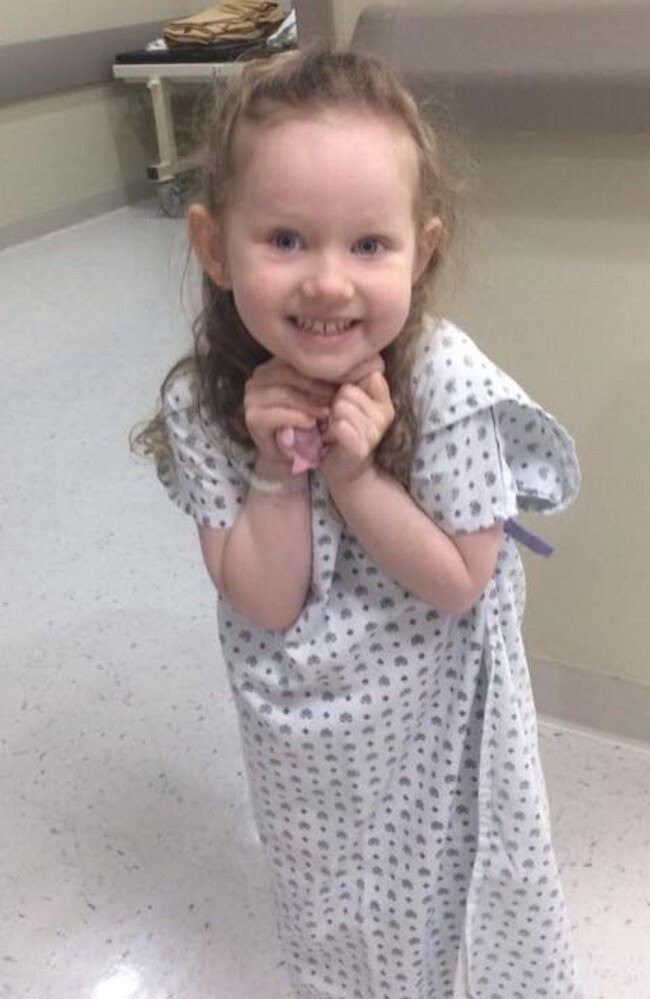
Dr Robert De Rose, from The Isabella and Marcus Paediatric Brainstem Tumour Fund that he founded after his six-year-old daughter Isabella died of DIPG in 2008, said he was concerned parents were being charged up to $30,000 per treatment.
“These parents are desperate and willing to try anything, but I’m concerned there’s no proof it works, we don’t know the drugs they are using and they are charging up to $30,000 and 10 treatments are required,” Dr De Rose said.
RELATED: MANLY MUM’S BROKEN AS DAUGHTER FIGHTS RARE TUMOUR
Last December, then three-year-old Annabelle Potts was diagnosed with DIPG and doctors told her parents Adam and Kathie Potts their daughter was going to die within nine months.
The Canberra family refused to give up on their daughter and instead searched the world for hope.
The Monterrey clinic has been treating other brain cancers for 15 years but, nine months ago, opened the doors to DIPG children. There are working on 40 children from around the world, including Perth four-year-old Annabelle Nguyen and seven-year-old Riaa Kilkarni from Melbourne.
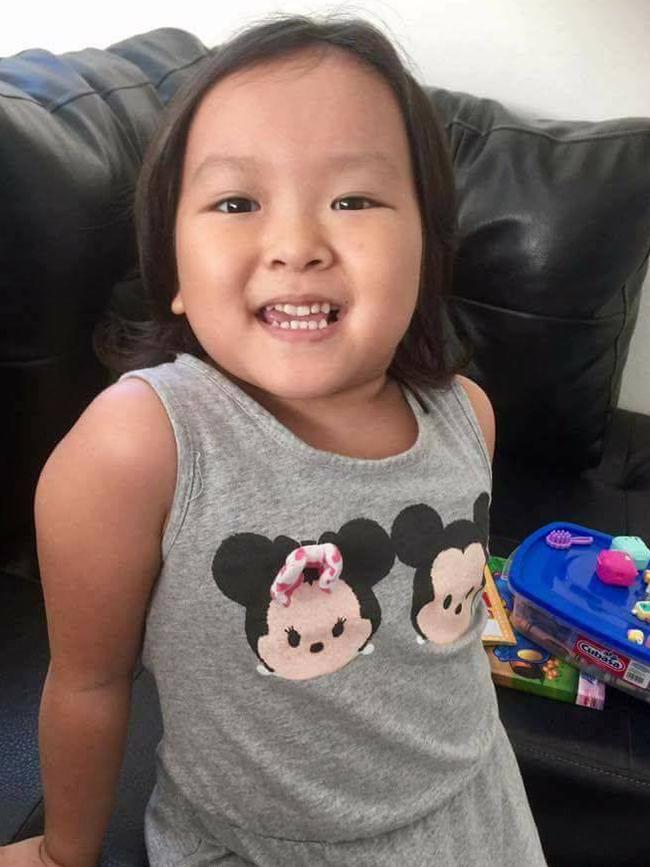
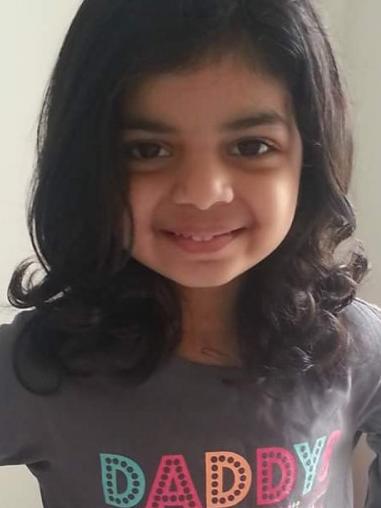
The Potts tried to get Annabelle on a trial in the UK called Convection Enhanced Delivery but were knocked back at the last minute.
In desperation, the family all moved to Mexico last June so Annabelle can undergo intra-arterial chemotherapy treatment, where doctors Alberto Siller and Alberto Garcia deliver chemotherapy drugs through an artery directly to the tumour in the brain.
“Annabelle is doing quite well but we are running low on funds,” Mrs Potts, 36, said.
Mrs Potts said her daughter was responding to the treatment.
You can help some of these kids by going their pages.
www.gofundme.com/annabellepotts
www.gofundme.com/carrum-family-needs-help
www.defeatdipg.org/meet-the-kids/annabelle-nguyen
Or you can go to www.curebraincancer.org.au/donations
“I feel safer in Mexico with doctors who are at least trying to save our children and who are giving them a chance, not just telling us to take our child home for a few months and ‘make memories’,” she said.
“She was vomiting every day when we first got here, after the second treatment that stopped.”
Annabelle had her fifth chemotherapy treatment last Friday and the family will arrive back in Australia tomorrow so the parents can both go back to work to pay for the next round of chemo. They will travel back to Mexico each time. The therapy is ongoing.
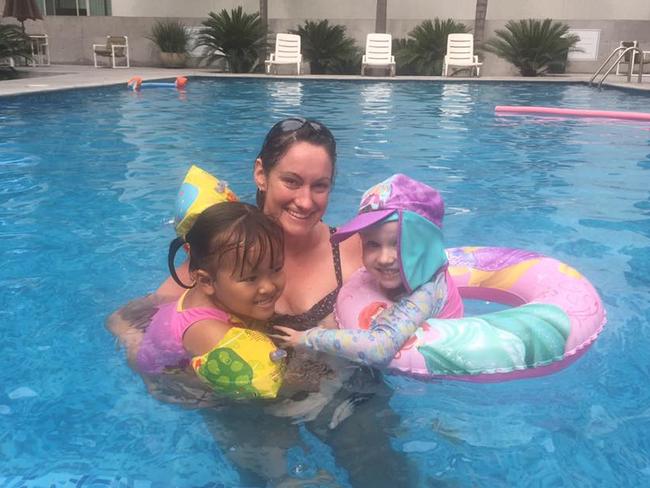
Australian neurosurgeon Dr Brian Owler, from the Cure Brain Cancer Foundation, said trials were being set up in the US but the therapy so far offered limited help.
“I can understand in the face of such a devastating prognosis why people chose to spend the money and do whatever they can for their child and I wish them success but, at this stage, I don’t think it is having the success we would like to see,” Dr Owler said.
Annabelle Nguyen’s mother Sandy said her daughter’s tumour had also shrunk.
“Dr Garcia is happy with further slight shrinkage and he is very happy with less intensity,” she posted on her fundraising page.
Adelaide mother Hayley Keeping took her daughter Alexia Eljourdi to Mexico earlier this year but, after four treatments the family ran out of money and had to come home in June. Alexia, aged five, died on July 16.

“We went to Mexico and paid $115,000 and did four infusions. We ran out of money. Two months later we came home and she was OK for four weeks,” Mrs Keeping said.
“It’s the most torturous thing a child can go through symptom-wise and a child should not have to endure that in this day and age.”
Brittany Martin, an advocate who runs the DIPG Support And Awareness site, said the treatment did not cure children.
“It is used right now for life extension and to give quality of life. The goal of course is that it will eventually be tweaked to become a cure, but at this time it’s just a promising experimental treatment,” Ms Martin said.
“Some children that have received this treatment have died now. Others are slowly improving. Others are improving more rapidly than we have seen with any other treatment,” she said.
Dr Re Rose said what was needed in Australia was more funding to conduct trials in Australia. His foundation is funding an upcoming trial for DIPG using personalised drug therapy.
Beating cancer with cash
THE Cure Brain Cancer Foundation has put up $1 million to attract the best minds in the research business to beat this child killer.
The new funding, all of which has been raised by public donations, will be devoted to Innovation Grants for high-calibre researchers “who think outside the box”.
Brain cancer survival rates remain at a low 20 per cent and have not changed in decades despite giant leaps in survival rates for other cancers.
Brain cancer funding has remained minimal despite the deadly nature of the cancer that kills more children than any other disease.

Foundation CEO Michelle Stewart said the grants have attracted 40 researchers from outside the brain cancer field.
“There’s only a small number of researchers in the field and we hoped to attract talent from other areas and we are hoping for cutting-edge ideas, people who want to take a pot shot, because nothing else is working, a lot of trials are failing and we need to shake the tree and provide incentives for scientists to do things differently,” Ms Stewart said.
Neurosurgeon Dr Brian Owler, who has just been appointed to the Cure Brain Cancer Foundation board, said he was hoping to work with government to try and fund more research.
“The mission of the Cure Brain Cancer Foundation is to find a cure for brain cancer and the innovation grants are looking for ways of breaking through. We’ve had too many good applications so the grants have increased from two to five,” Dr Owler said.
Successful applicants, who will be selected by Foundation’s international Scientific Advisory Committee and announced in October, will receive as much as $200,000 per project, over two years.
What We Want
We are calling on the federal Government to prioritise research into paediatric brain cancer.
We are also calling on the NHMRC to make paediatric brain cancer a priority research area though its “Targeted Calls for Research (TCR) funding program”, which has an annual pool of up to $25 million to invest in areas of high importance.
You can help some of these kids by going their pages.
www.gofundme.com/annabellepotts
www.gofundme.com/carrum-family-needs-help
www.defeatdipg.org/meet-the-kids/annabelle-nguyen
Or you can go to www.curebraincancer.org.au/donations

